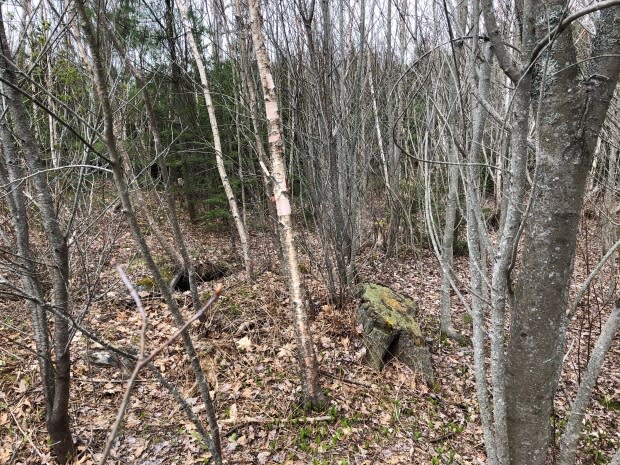Forestry expert advises caution in Point Pleasant Park tree cull
A forestry expert is not concerned about the number of trees Halifax plans to remove from Point Pleasant Park but insists the work has to be done carefully.
"It's not about the trees you are removing, it's about the trees you leave," says Peter Romkey, who worked for 22 years in the province's Department of Lands and Forestry. He was also director of the K.C. Irving Environmental Science Centre at Acadia University for 15 years.
An estimated 80,000 trees will be cut down or trimmed in more than 10 hectares of Point Pleasant Park, part of a project aimed at returning the site to its original Acadian forest roots.

According to Romkey, the trees should be inspected to ensure they have strong root systems so they can withstand hurricanes and drought conditions.
He also believes that certain areas of the park should not get as heavily thinned as others in order to protect the park from prevailing winds.
"So, on the west side, it's really important that the trees have foliage that go right to ground, to prevent dry winds from warming up the trees and increasing the number of insects," said Romkey, "Take your time, that's the most important thing."
Romkey was pleased to learn that Halifax does plan to leave the trees that are cut down so they can decompose and enrich the soil.
In 1999, thousands of trees had to be removed because of an infestation of the brown spruce longhorn beetle. Romkey said that deprived the park of nutrients the trees need for long-term growth.

He also recommends that only people with chainsaws do the work because heavy machinery could compact the soil and break the root systems.
"You certainly want a soft touch when you are doing this," he said.
The tree-thinning program was originally supposed to begin in July. But Halifax officials have amended the schedule and the work will now begin in September or October.
The change in schedule is to accommodate the nesting season of migratory birds which lasts from April to late August.

